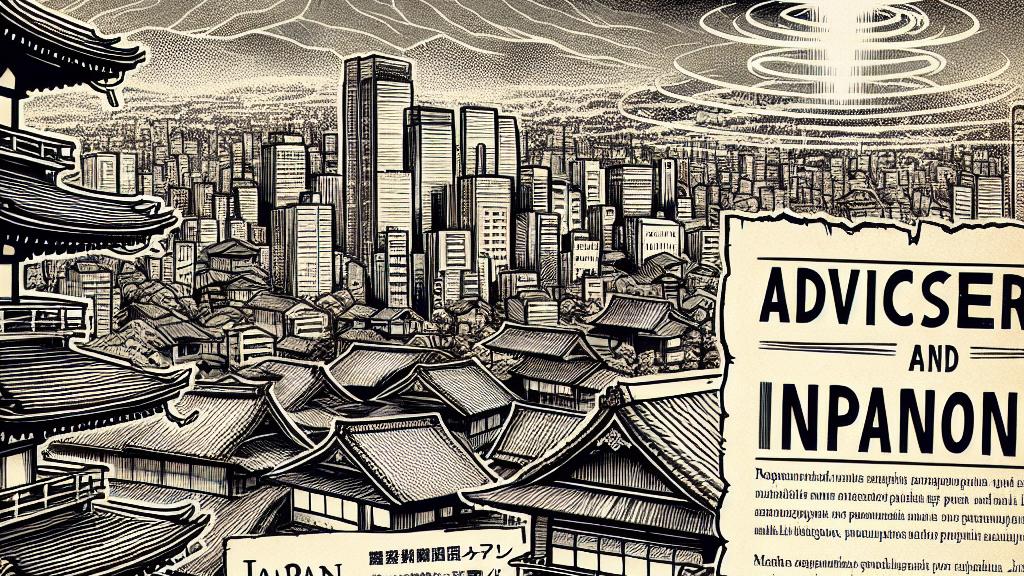Megaquake Madness: Japan's Tourism Takes a Tremor-Driven Hit!
Overview
- Japan's issuance of a megaquake advisory indicates serious seismic risks, marking a historical warning.
- Thousands of tourists have canceled their trips, particularly during the crucial Obon holiday period, causing a significant economic impact.
- Experts predict catastrophic outcomes if a megaquake occurs, emphasizing the urgent need for public preparedness.

Unprecedented Advisory and Historical Context
Japan recently issued its first megaquake advisory, a major step in public safety measures following the immense devastation witnessed during the 2011 tsunami and earthquake disaster. This warning, prompted by a recent 7.1 magnitude earthquake near the Kochi region, highlights growing concerns over looming seismic threats from the Nankai Trough. Historical data reveals that the Nankai Trough has confronted Japan with catastrophic megathrust earthquakes, which can happen every few centuries. The current advisory has heightened public awareness and concern, underlining the need for preparedness in a nation that experiences around 1,500 earthquakes annually.
Tourism Industry Shockwaves and Economic Repercussions
The timing of this megaquake advisory has severely hampered Japan's tourism, particularly impacting the Obon festival, a period traditionally popular for family reunions and travel. Reports indicate over 9,400 tourists have canceled hotel reservations in the affected Kochi region alone, resulting in losses estimated at 140 million yen, equivalent to about $1.26 million. This decline in bookings extends beyond immediate financial losses, threatening the long-term viability of local businesses that rely on seasonal tourism. As the fear of seismic activity looms, many potential visitors may reconsider their travel plans to Japan, leading to cumulative losses across various sectors.
Preparedness and Community Response Strategies
In light of the advisory and the potential consequences of a megaquake, experts are urging communities to adopt comprehensive preparedness measures. Research suggests that if such an earthquake were to occur, it could claim an estimated 300,000 lives and cause damages projected to reach $13 trillion. Authorities are proactive in informing citizens about securing homes, assembling disaster kits with essentials, and knowing emergency exit routes. Community drills are vital to ensure readiness, reflecting a collective effort to minimize risks. While the JMA reassures that the probability of an immediate megaquake is low, the emphasis remains on fostering a culture of preparedness and resilience in facing potential disasters.

Loading...